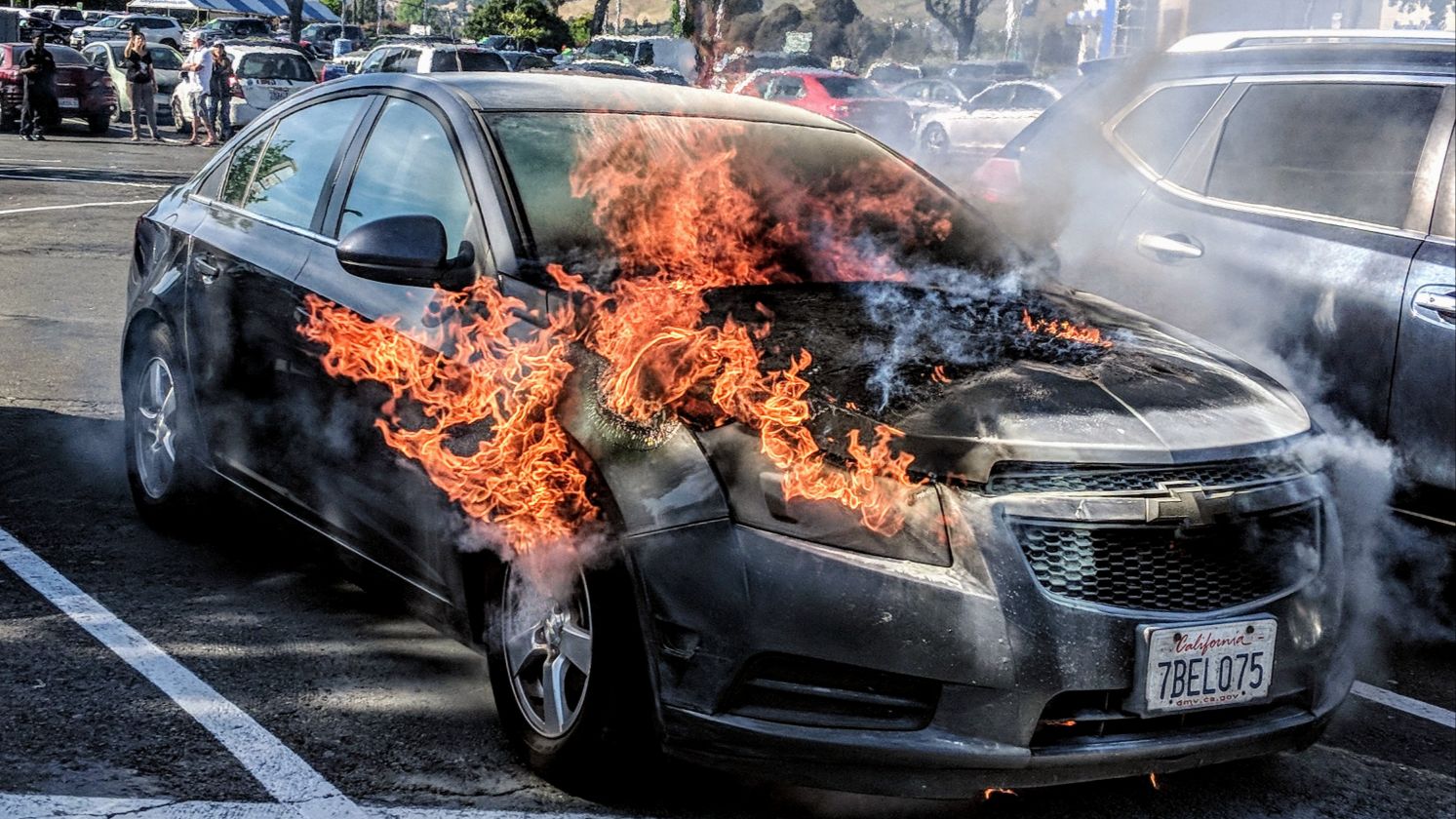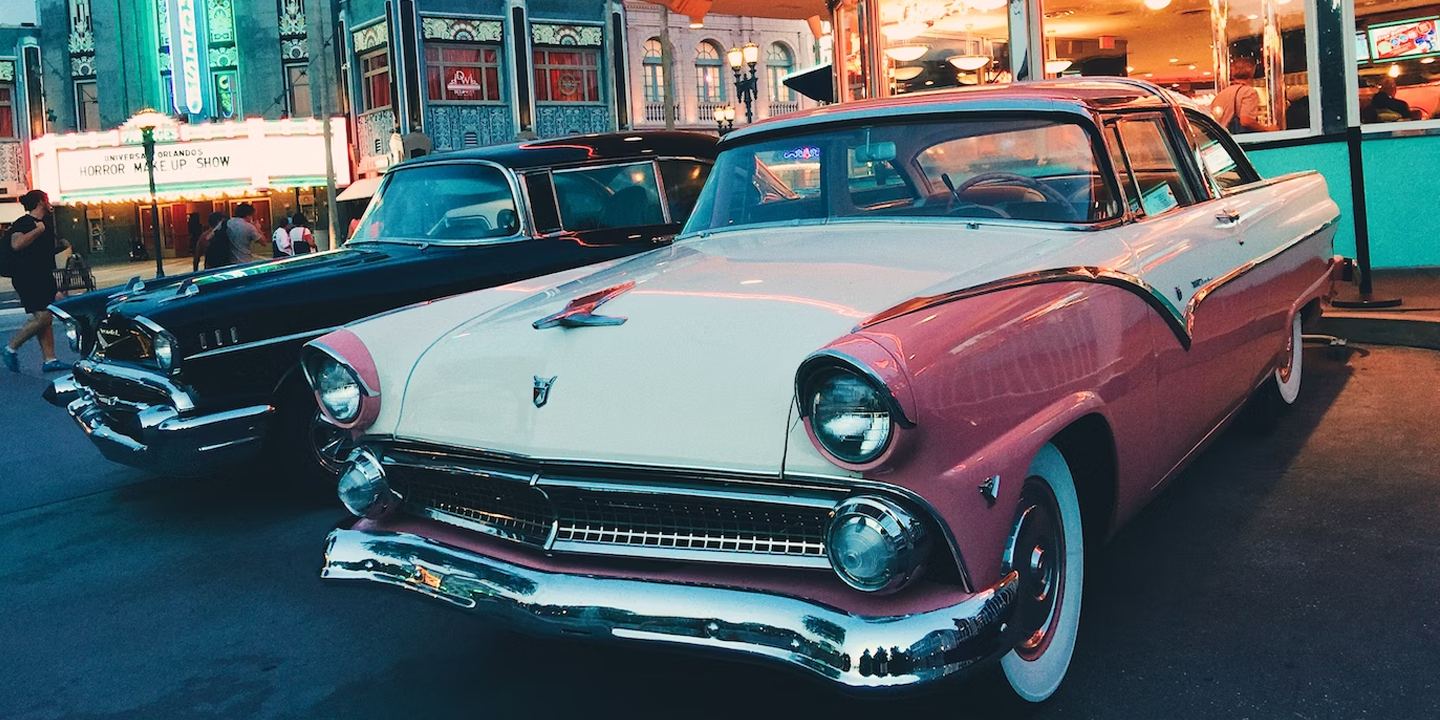Reliable Rides Start Here
A motorcycle demands attention long after it leaves the showroom. Skip regular care, and small issues can quickly turn into major repairs—or worse, roadside breakdowns. Proper maintenance keeps performance steady, fuel use low, and rides safer year-round. Before your next trip, you need to learn the key motorcycle maintenance tips every responsible rider should follow to keep their bike running at its best.
1. Tire Pressure Check
Many riders mistakenly trust visual checks or adjust pressure when tires are hot—both dangerous practices. The safe approach requires checking cold tires with an accurate gauge, consulting manufacturer specifications in the manual or frame placard, and never releasing air from warm tires.
 How to Check Motorcycle Tire Pressure by J&P Cycles by J&P Cycles
How to Check Motorcycle Tire Pressure by J&P Cycles by J&P Cycles
2. Chain Lubrication And Tension
Don't let a neglected chain bring your ride to a grinding halt. While proper tension prevents dreaded derailments and premature wear, regular lubrication keeps everything running smoothly, especially with advanced O-ring and X-ring designs. Pro tip: Apply lubricant right after rides when the chain's warm.
 How to clean and lube a motorcycle chain by IPONE
How to clean and lube a motorcycle chain by IPONE
3. Engine Oil Replacement
Dirty engine oil silently wreaks havoc and accelerates wear. It also pushes engines toward dangerous overheating conditions. This critical threat demands regular oil changes to ensure longevity and optimal performance, with synthetic oils offering superior protection.
 How To Change Your Motorcycle Oil and Filter | MC Garage by Motorcyclist Magazine
How To Change Your Motorcycle Oil and Filter | MC Garage by Motorcyclist Magazine
4. Brake Fluid Check And Flush
Who knew a little moisture could be such a troublemaker? Your brake fluid quietly attracts moisture from the air, and that can weaken braking performance over time. Regular checks through the master cylinder window and timely flushes keep your stopping power strong.
 Brake Fluid Replacement: Honda Motorcycle by TheMotorcycleMD
Brake Fluid Replacement: Honda Motorcycle by TheMotorcycleMD
5. Coolant Level Maintenance
Nobody wants their engine turning into a molten paperweight, which is why coolant level maintenance is important. Regular checks and manufacturer-scheduled replacements keep your bike running cool. Most bikes thrive on a water-antifreeze cocktail for optimal temperature control.
 Motorcycle coolant flush by Tom Culley
Motorcycle coolant flush by Tom Culley
6. Air Filter Cleaning Or Replacement
Understanding your motorcycle's air filter is essential to maintaining peak performance. The filter ensures proper engine airflow and fuel efficiency, with poor throttle response indicating when it needs attention. Though foam filters are cleanable, paper versions need replacement.
 Goldwing Air Filter Replacement | Partzilla.com by Partzilla
Goldwing Air Filter Replacement | Partzilla.com by Partzilla
7. Battery Charge And Terminal Check
While traditional motorcycle batteries demanded constant terminal maintenance to prevent corrosion and starting problems, the advent of maintenance-free sealed batteries has simplified ownership considerably. Still, checking for proper charge and secure connections remains essential.
 Use a Multimeter to Test Motorcycle Battery by Moto Travel USA
Use a Multimeter to Test Motorcycle Battery by Moto Travel USA
8. Spark Plug Inspection
A quick look at your spark plug reveals how well your engine's running. Light tan coloring means everything's combusting correctly. Dark, damaged plugs are warning signs you shouldn't ignore. Neglected plugs cause misfires and hard starts, so checking them routinely prevents these frustrating issues from appearing.
9. Clutch Adjustment
Nothing disrupts a great ride faster than a clutch that slips or drags. Regular clutch adjustment prevents unnecessary wear and keeps gear changes smooth. Most bikes allow easy lever adjustments for comfort, though hydraulic systems usually self-correct and need less manual attention.
 How To Adjust A Motorcycle Clutch Lever | MC Garage by Motorcyclist Magazine
How To Adjust A Motorcycle Clutch Lever | MC Garage by Motorcyclist Magazine
10. Brake Pad Wear Check
Compromised brake pads pose a serious safety risk, potentially damaging rotors and leaving riders vulnerable to brake failure. But checking pad thickness against manufacturer specs helps prevent failure. Sintered pads offer better performance in wet conditions, making them a smart upgrade for safety-conscious riders.
 How To Check Your Motorcycle Brake Pads For Wear by LIND Motorcycles
How To Check Your Motorcycle Brake Pads For Wear by LIND Motorcycles
11. Suspension And Fork Maintenance
Leaking fork seals aren’t just messy—they signal problems that can make handling unsafe. Check for leaks regularly and replace fork oil when needed. Keeping your suspension properly adjusted helps your motorcycle stay stable and responsive through corners, bumps, and every ride ahead.
 How To Check Motorcycle Suspension Sag | MC Garage by Motorcyclist Magazine
How To Check Motorcycle Suspension Sag | MC Garage by Motorcyclist Magazine
12. Fuel Line And Filter Inspection
Ethanol in today’s fuel can wear out rubber lines faster, causing cracks or leaks that risk fires. Remember to check your fuel lines and filters often to spot damage early. Clean, well-maintained parts keep fuel flowing safely and your motorcycle running smoothly.
 How To Clean Your Motorcycle Fuel Pump | MC Garage by Motorcyclist Magazine
How To Clean Your Motorcycle Fuel Pump | MC Garage by Motorcyclist Magazine
13. Throttle Cable Lubrication
Nobody wants their throttle to stick at the worst possible moment, yet that's exactly what frayed and sticky cables can do. Regular lubrication keeps those vital control lines sliding smoothly while extending their lifespan—though nowadays, some bikes skip the drama entirely with ride-by-wire systems.
 Motorcycle Tech Tips: How To Lube Control Cables | MC GARAGE by Motorcyclist Magazine
Motorcycle Tech Tips: How To Lube Control Cables | MC GARAGE by Motorcyclist Magazine
14. Lights And Indicators Function Test
Your motorcycle’s lights and indicators are essential for visibility and safety. So, make sure every light is functioning correctly, including your turn signals. Faulty wiring or burned-out lights can lead to serious risks, especially in low-light or busy traffic conditions.
 Bike Indicators Fault Finding by DB 192
Bike Indicators Fault Finding by DB 192
15. Kickstand And Center Stand Lubrication
Many motorcycles feature a vital safety switch that prevents starting with the kickstand down, highlighting the importance of proper stand maintenance. Rusty or stiff stands create dangerous parking situations, so regular pivot point lubrication is essential for smooth operation. Well-maintained center stands also facilitate maintenance tasks like chain work.
 Taotao ATM150-A Evo scooter - Center stand lubrication when center stand sticks by activity10cc
Taotao ATM150-A Evo scooter - Center stand lubrication when center stand sticks by activity10cc
16. Wheel Alignment And Balancing
The journey to perfect wheel performance starts with diagnosing those telltale vibrations and handling quirks. Professional shops deploy specialized equipment to restore proper alignment for stable control and even tire wear. Additionally, strategic placement of wheel weights brings that smooth, balanced ride you've been missing.
 Sealey MS070 Motorcycle Wheel Laser Aligner by Sealey Tools
Sealey MS070 Motorcycle Wheel Laser Aligner by Sealey Tools
17. Exhaust System Inspection
Regular exhaust system inspections address critical vulnerabilities like leaks, rust formation, and mount deterioration that can compromise engine performance. While catalytic converters manage emissions in stock systems, aftermarket exhausts provide enhanced sound and performance options for riders seeking targeted improvements.
 KTM LC4 640 Adventure (7/43): exhaust inspection - removal by CraftNRide
KTM LC4 640 Adventure (7/43): exhaust inspection - removal by CraftNRide
18. Rust Prevention And Frame Check
The first line of defense against frame deterioration begins with consistent rust inspections to catch problems early. Basic maintenance, like cleaning exposed metal components and applying protective wax or spray coatings, creates an essential barrier. For ultimate protection, some motorcycles feature rust-resistant aluminum or composite frame construction.
 How To Keep Your Bike Rust Free | Moto by Muc-Off
How To Keep Your Bike Rust Free | Moto by Muc-Off
19. Handlebar And Steering Bearings Check
Unstable handling and dangerous wobbles can quickly compromise motorcycle control, often stemming from worn steering bearings. Regular inspection ensures smooth operation of the tapered roller bearings in the steering head, with proper adjustment and lubrication maintaining safe, responsive steering characteristics.
 DOC HARLEY: STEERING HEAD BEARINGS by Low Country Harley-Davidson
DOC HARLEY: STEERING HEAD BEARINGS by Low Country Harley-Davidson
20. Seat And Mounts Tightening
A wobbly seat can throw off balance and control, especially at higher speeds. Check and tighten the seat bolts often to keep it secure and rattle-free. Properly fitted mounts also help quick-release seats work smoothly for easier storage and battery access when needed.










